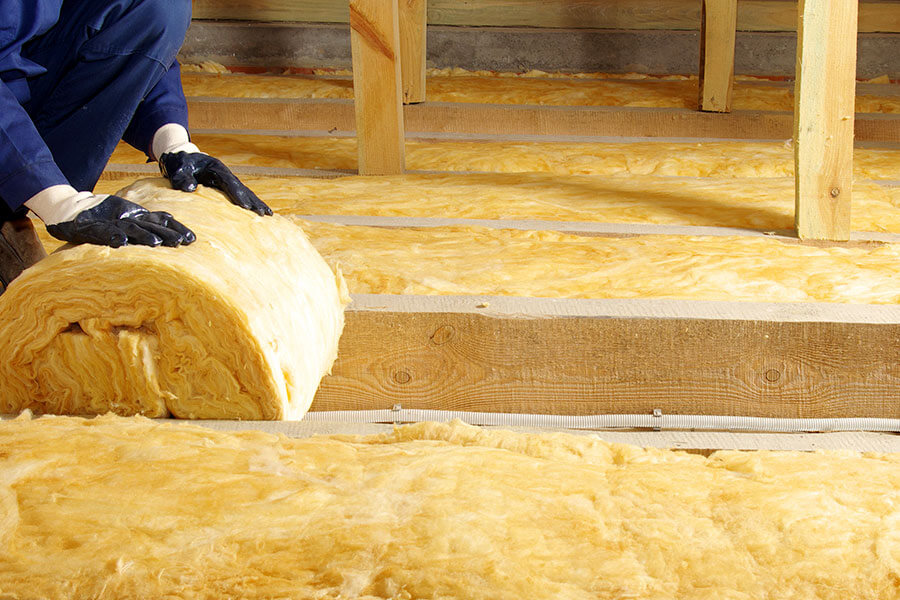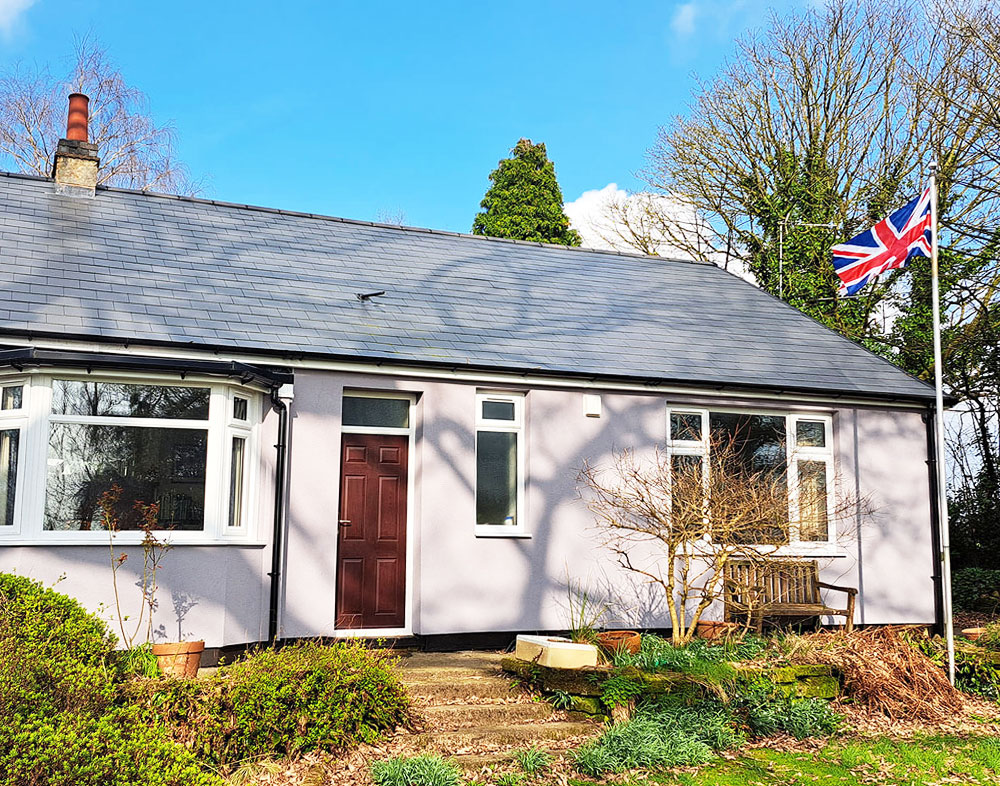When discussing home insulation, many people focus on its benefits during the winter months. However, insulation is equally as valuable in the summer months, playing a crucial role in maintaining comfortable indoor temperatures. In this article we will explore how insulation works and its benefits during the hotter months.
Understanding Insulation
Insulation, quite simply, is designed to slow down heat transfer. Designed to keep warm air inside during winter and prevent heat from entering during summer – it is achieved through materials like wool or fibreglass which trap air bubbles, creating a barrier against heat movement. Reflective insulation, such as foil, works by reflecting heat away, making it ideal for roofs and lofts.

Benefits of Insulation in Summer:
- Maintains Cool Temperatures: By preventing outdoor heat from entering your home, insulation helps maintain cooler indoor temperatures. This reduces the reliance on air conditioning which results in significant energy savings.
- Energy Efficiency: Homes with proper insulation are generally more energy efficient, as the reduced need for cooling systems decreases electricity consumption. This not only saves money but also contributes to environmental conservation.
- Comfort: Insulated homes provide a more stable and comfortable indoor environment, free from extreme temperature fluctuations.
Maximising Summer Insulation:
- Loft and Wall Insulation: Insulating critical areas such as lofts and walls can significantly enhance your home’s ability to resist heat. Loft insulation is particularly effective, as it prevents heat from escaping through the roof.
- Window Treatments: Using blinds, curtains, or reflective films on windows can minimise heat gain from sunlight. Reflective materials can bounce back a significant amount of solar radiation, keeping indoor spaces cooler.
- Air Circulation: Enhancing air circulation by opening windows during cooler times of the day and using fans strategically can help maintain a comfortable temperature. Fans can be used in conjunction with ice packs for an added cooling effect.

Installation Timing
Spring and summer are ideal times for installing external wall insulation. The warmer weather ensures that materials dry properly, and the absence of winter conditions makes the installation process smoother. Ensuring your property is in good condition before insulation can maximise its effectiveness and longevity.
Insulation is not just a winter solution; it’s a year-round necessity for maintaining a comfortable and energy efficient home. By understanding how insulation works and taking steps to optimise it for summer, you can enjoy cooler indoor temperatures, lower energy bills, and an overall more comfortable living environment.

